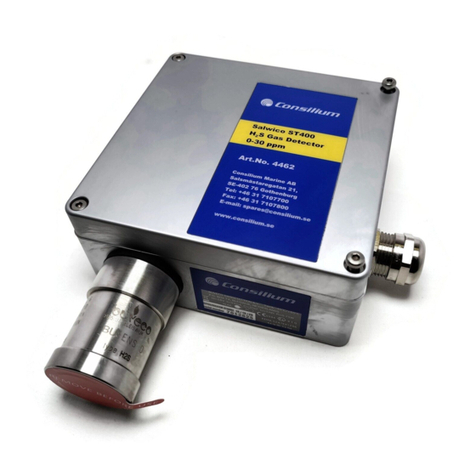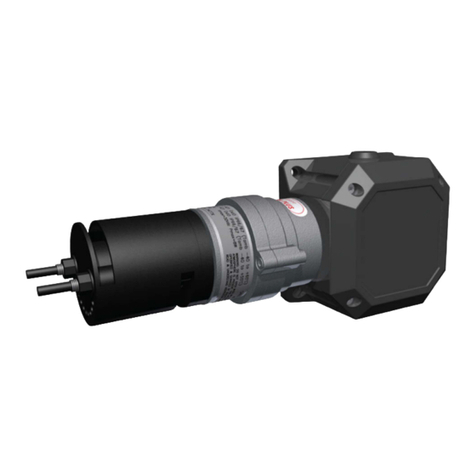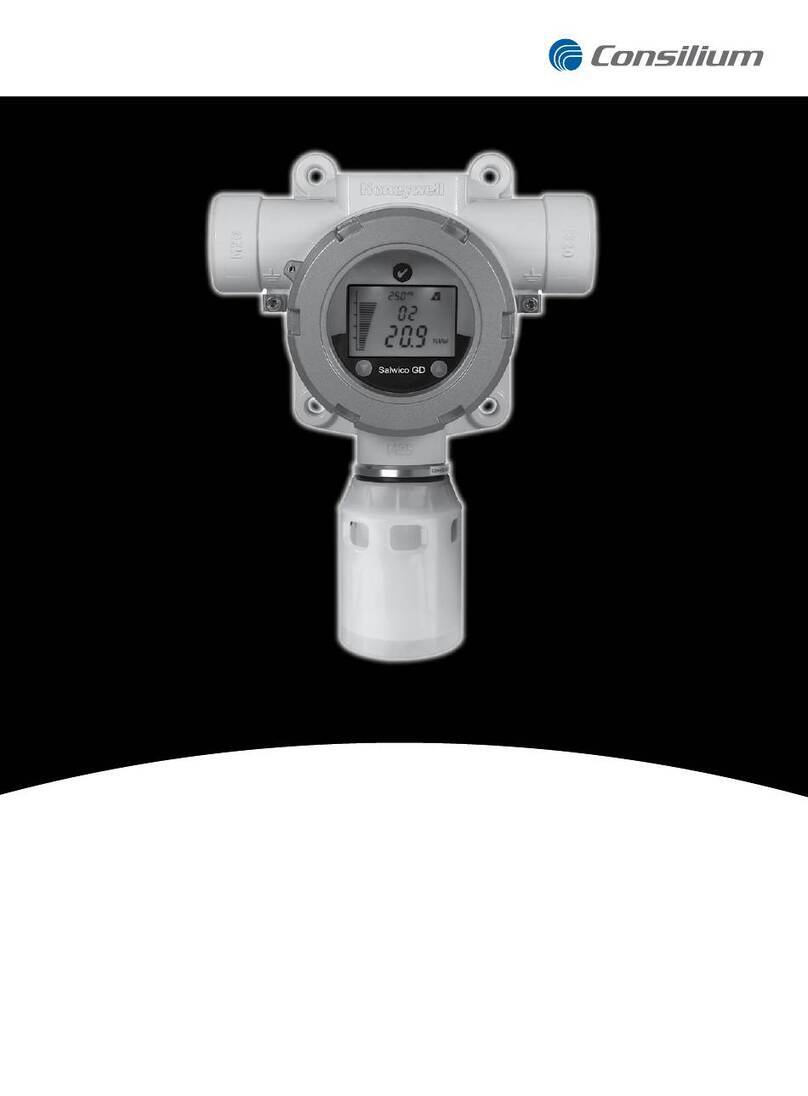
Salwico SW2020
General Information
1.1 DESCRIPTION OF THE SYSTEM
The SW2020 Gas Sampling System is an automatically
scanning Gas Sampling System permanent installed for
a number of sampling points. The gas detectors are
common for all sampling points, allowing the use of high
quality gas detectors with good accuracy. A gas sample
istakenfromeachsamplingpointinturn,accordingtothe
sampling sequence, andtransported throughthesamp-
lingpipetothegasdetectors.Thesamplingtimeforeach
point is individuallyadjustable corresponding to the pipe
length of each sampling point. This gives an optimally
short cycle time.
The SW2020 Gas Sampling System is intended for
detectionofexplosiveandtoxicgasesincofferdams,pipe
tunnels,stools,ballasttanks,sloptanksandotherareas
adjecent to cargo tanks. A pump room installation is
normallyaseparatesystem.TheSW2020isdesignedto
meettherequirementsofIMO/SOLASandclassification
rules.
Individual sampling point settings
Each sampling point can easily be operated from the
control unit and it hasindividual settings for:
–Sampling time as a function of pipe length.
–Gas detectors (up to 4 ) connected for monitoring
samples. For example %LEL, Vol% and ppm.
–Alarm levels for low andhighalarm for eachdetector
and each sampling point..
–Cleartextinformation.
Programmable scanning sequence
Each sampling point can easily be operated from the
controlpanel.Forpermanentinstallationsinballasttanks
orotherareas, whichmayperiodicallybe filled with fluid,
acounterpressuresystemisautomaticallyprotectingthe
pipeswithagentleflowofair,preventingclogging.
Thesamplingtimeforeachdisconnectedsamplingpoint
is deducted from the cycle time, thus reducing the cycle
time for theremainingsamplingpoints.
The SW2020 Gas Sampling System also gives the
possibility to define the sampling sequence enabling
certain points to besampled morefrequently.
A flow fault on a sample point will activate the Automatic
PipeCleaningSystem(APCS).TheAPCSwillfirstattempt
to remove the cause of the flow fault by flushing the
sampling pipe and then try to obtain a new sample. The
samplingpointisautomaticallydisconnectedandthefault
is transferred to the Fault List if the flow fault remains.
Thelastmeasuredgasvalueforasamplingpointcanbe
viewedintheSamplingPointList.ManualMeasurement
andPurgeonaselectedsamplingpointarealsodonefrom
thislist.
Atestgascylinderisconnectedtoorbuiltintothesystem
for calibration of the gas detectors.
TheSW2020systemconsistsoffourparts
ControlUnit
Thecontrolunitcontainscontrolfunctionsanddisplayfor
the system and is normally located in a cargo control
room.
AnalysingUnit
Theanalysingunitcontainsallfunctionsfordetectingand
transporting the test samples, as well as an internal
samplingpointformonitoringofinternalgasleakage.The
analysingunitisinstalledinaventilatedareawithcontrolled
temperature above main deck level, normallythe Cargo
ControlRoom.
Repeater Unit(s)
The repeater unit contains a clear text display for
alarm and fault messages. One unit is normally
located in the WheelHouse.
Pipe System
The pipe system transports the test samples from the
sampling points to the analysing unit. The pipe system
includesshutoffvalves,flametraps,filtersandcones(for
WB tanks).
Recommended pipe size: OD 8 mm, ID 6 mm.
Connection of suitable portable gas detection
and measuring equipments
Provided that the gas scanning and suctionis
running normallyand there isa needfordetection of an
optional gas, it is possible to connect a portable gas
detector to the sampling system.
In the analysing unit the portable gas detector can
beconnected to thesampled flowfrom the scanning
suction system by connecting the hose to the portable
gas detector in serial with the outlet pipe from one of
the detectors just before the connection to the outlet.
This connection is situated at the bottom of the
cabinet at cabinet inside of the outlet connection.
If the sampling system for some reason is shut
off, there is a possibility inside the analysing unit, to
connect a portable gas detector to one byone of the
pipes from the gassampling points.
By disconnection of the plastic pipe on top of the
samplingvalves(R-port),ahoseconnectioncanbe
mounted.
Previousversionshavethepossibilitytoconnect
the hose to the portable gas detector directly to the
sampling pipefrom eachsampling point at the inside of
the analysing unit cabinet.

































